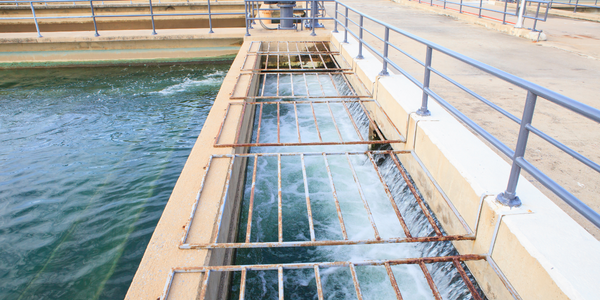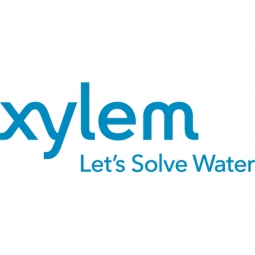
Mid-sized Mid-Atlantic Utility
A mid-sized Mid-Atlantic utility with a reputation for taking a proactive and focused approach to continuously improving service reliability for their 270,000 customers
With water main breaks increasing, utility customers were experiencing unpredictable service outages, costly repairs, and highly disruptive road closures. To improve its reputation and customer service, the utility wanted to be more proactive in its water infrastructure management and prioritize pipes that needed the greatest attention.
In 2014, having previously worked with Xylem to manage their PCCP (prestressed concrete cylinder pipe) inventory, and being aware of both Xylem’s deep expertise in identifying water main preservation strategies and their close partnership with Esri for more than 20 years, the utility engaged Xylem to develop a risk model with artificial intelligence (AI) that could be validated, updated and displayed through Esri’s ArcGIS platform for their team’s continuous use.
The utility and Xylem then worked together to implement a quantitative risk model combining the probability of failure (when a pipe will most likely fail) with the consequence of failure (the social, financial, and environmental costs of the failure). Xylem’s machine learning solution forecasts the probability of when each water main in the system might fail using multiple data inputs including results from prior condition assessments. As more data is collected over time and changes are made to the system, the GIS and machine learning algorithms are updated to give a continuous understanding of the overall health of the system.
This AI pipeline analysis model is one of the first artificial intelligence water main break models in North America to reliably predict future failures in the distribution system. The model uses data within the utility’s ArcGIS enterprise system from Esri, such as breaks and other infrastructure data, combined with open-source information in the analysis. This data-driven approach provides substantial advantages over traditional subjectively scored models where outputs often remain static even when inputs are updated.
Xylem’s risk model is able to update results as new information is collected from the system, including main breaks, pipeline conditions, and other operational data. Results allow clients to prioritize and stage pipeline replacement, lowering costs and reducing customer impacts by targeting the most critical and deteriorated pipes.
To validate this novel risk-based approach, the utility selected a forecasted “hotspot,” or area with a high number of breaks, to pilot Xylem’s new Decision Intelligence technology to reduce the overall probability of failure, in the area.
Additionally, Xylem provided a mobile field event tracking application (capturing information on pipe breaks) for the utility’s field operators. This value-added feature not only increased the accuracy of break data records, but it also reduced the overall labor time required to update their CMMS and GIS, and improved pipe failure predictions.

Case Study missing?
Start adding your own!
Register with your work email and create a new case study profile for your business.



